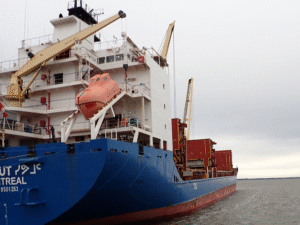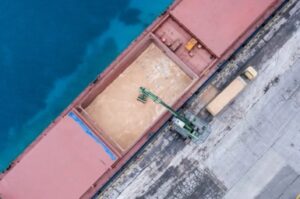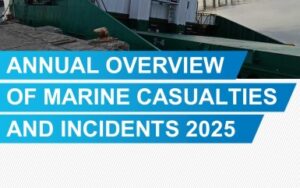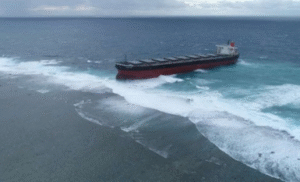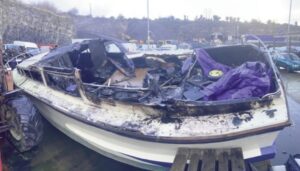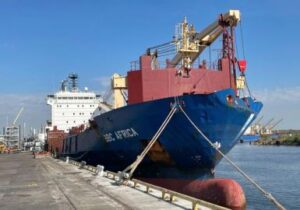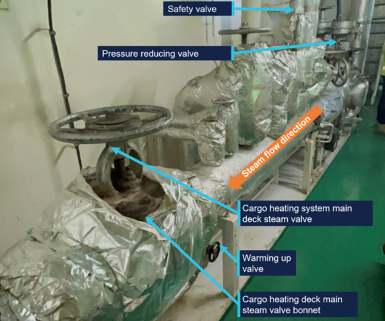
An undocumented modifications on Wisdom Venture oil tanker resulted in burns to three crew members, according to the Australian Transport Safety Bureau (ATSB).
What happened
On 6 May 2025, the oil tanker Wisdom Venture was drifting off Sydney, New South Wales, when the engineering team commenced maintenance on the main deck steam valve for the cargo heating system. The valve had been leaking from the bonnet joint gasket.
Following isolation of the system, the team removed the valve bonnet. During this process, residual hot condensate was suddenly released, resulting in burn injuries to 3 crew members. Continue reading “Crew steam injuries due to undocumented modifications on Wisdom Venture”
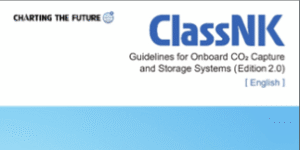


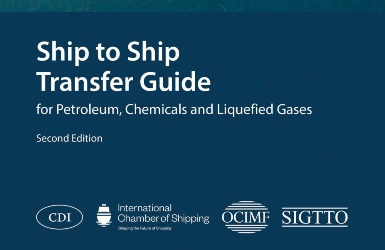 The Chemical Distribution Institute (CDI), International Chamber of Shipping (ICS), Oil Companies International Marine Forum (OCIMF) and the Society of International Gas Tanker and Terminal Operators (SIGTTO) have released the second edition of ‘Ship to Ship Transfer Guide for Petroleum, Chemicals and Liquefied Gases’.
The Chemical Distribution Institute (CDI), International Chamber of Shipping (ICS), Oil Companies International Marine Forum (OCIMF) and the Society of International Gas Tanker and Terminal Operators (SIGTTO) have released the second edition of ‘Ship to Ship Transfer Guide for Petroleum, Chemicals and Liquefied Gases’.